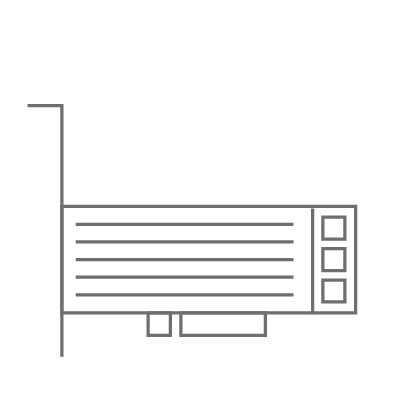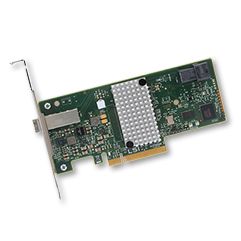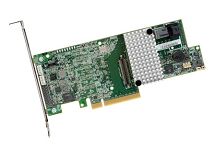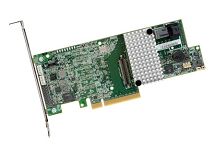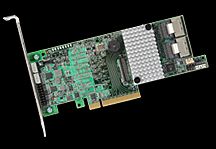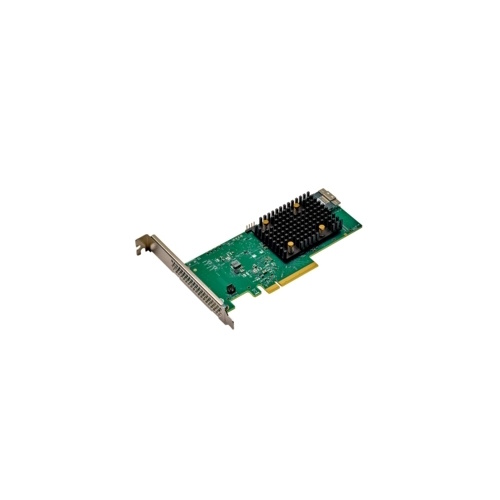Controllers - Relevant Information
Tasks and Goals of Controllers
Controllers primarily have the task of controlling the exchange of data between several components in the server. The goal here is to reduce failures, improve security, increase the speed of data transfer or memory capacity.
Hardware vs. Software Controllers - What is the Difference?
Basically, a distinction is made between software and hardware controllers, whereby software controllers are rather negligible for servers. On the one hand, they place a load on the system's CPU and, on the other hand, they do not have the multitude of features that hardware controllers have.
Use of Controllers in Servers
In servers, controllers have the task of interconnecting several independent hard disks and controlling the read and write accesses between the connected hard disks. This is done in the resulting RAID hard disk storage, where RAID stands for Redundant Array of Independent Disk. In this combination, the controller controls the mirroring of the data, among other things. For example, if a hard disk is broken, it can be replaced without interrupting operation.
The Role of the Raid Level
The controller then takes over the integration into the entire hard disk complex again by means of configured RAID levels. RAID level 0, RAID level 1 and RAID level 5 are most commonly used for this purpose. But before the question of the RAID levels is clarified, the topic of the interface comes up - which controller is compatible with which hard disk?
Compatibility - SAS or SATA Interfaces on the Hard Disk and Controller
When choosing the right hardware controller, the hard disks in use are decisive. These have a SAS or SATA interface. While an HDD hard disk with a SATA interface can be connected with just that counterpart as well as a SAS interface at the controller, a hard disk with a SAS interface works exclusively with the same counterpart.
Controller - What do the different RAID Levels Mean
RAID Level 0
Although often used, this level is actually not RAID - because it lacks redundancy. There is no protection by mirroring the data. Here, the data is separated into blocks and then distributed to the different disks. Accordingly, several disks can be written to and read from at the same time, which in turn increases performance.
RAID Level 1
At this level, the data on one disk is completely mirrored on a second disk. If one disk fails, the data is saved there.
RAID Level 5
Instead of mirroring the data, at least three or more HDDs run in a network. While user data is stored on one disk, other suitable control information is stored on the second disk. If one hard disk fails, the missing data is calculated from the parity.
